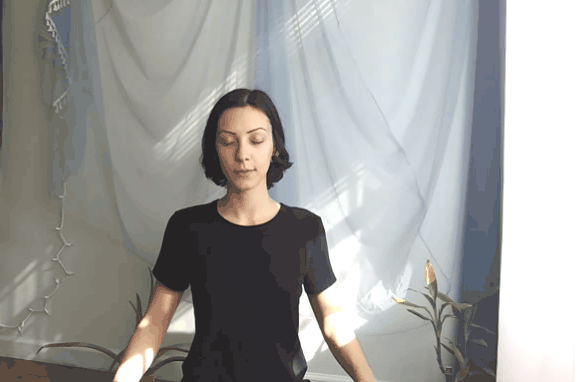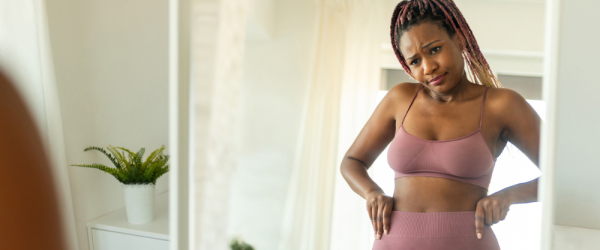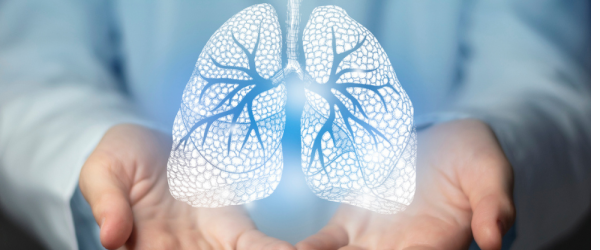By Anouk Gilmour
Yoga can be an asset to your work as a cam model or content creator in many ways.
In the first part of this series, it was mentioned that a yoga practice can be as simple as doing mindful breathing exercises. Did you know that breathing exercises, called pranayama, actually serve as their own independent component of a traditional yoga path?
What most people call “yoga” is actually a reference to asana — physical postures like the familiar downward facing dog — but the yoga actually encompasses a multifaceted practice. Pranayama and asana are two commonly practiced parts of the traditional eight limb path of yoga.
The eight limb path was first presented in the ancient yogic text The Yoga-Sutra of Patanjali. The author, the Indian sage Patanjali, opens the text by stating: “Yoga is to still the patterning of consciousness. Then pure awareness can abide in its very nature. Otherwise, awareness takes itself to be the patterns of consciousness.”
Yoga may seem complex or mysterious, but within the rich history of information there are simple and beneficial practices that can be done by anyone.
Pranayama, Cam and You
At the core of yoga is breath, and taking full breaths while focusing on the sensations of the inhalation and exhalation can have helpful applications as an cam model.
In any job, there will be the chance of having a negative experience. As a cam model, bad days can be especially distracting and — despite our willingness to share the ups without concern — there isn’t always room to fully express the downs in our lives. Many models strive to maintain a perpetual image of happiness because their jobs would suffer greatly if they didn’t.
Mindful breath is one of the best free tools we will ever have for regulating our moods and dispersing physical feelings of tension. There may be times when we need to turn our mood around quickly but quite naturally don’t feel well. We’re already always breathing, so why not use this to our advantage and let it help us feel better? Putting our attention on the sensation of our breathing helps regulate our moods. It actually creates measurable physiological changes in our bodies. Through meditation, these changes are accessible and long-lasting.
At any moment we can use our tool of breath. It creates a calm mental state which fosters better decision making and a higher tolerance for stress. It can ground us when we feel sad, angry, stressed out, depressed, anxious or overwhelmed. The best part about it is that it’s always available to us.
Going Deeper with Breath: Meditation
Meditation can be thought of as extended sessions of sensation-focused breathing. It can be done on the commute to work or lying on the floor. It’s a personal practice, and it’s yours to experience. Mindful breathing is simple, but it can also be a real game changer.
Yoga teachers often hear people say they can’t meditate because they can’t sit still, but what if meditation could be anything? Seated meditation (“sitting still”) is wonderful, but it’s not required for meditation. Whether laying on the floor, walking or doing an activity like gardening, we can meditate and reap the benefits.
It is already known that the brain can grow new neurological connections through repeated activity, but now researchers have measured physiological evidence that meditation changes our brain. Among the many possible health benefits that have been studied, a fascinating study determined meditation allows our bodies to naturally create more neurotransmitters like GABA and serotonin, which regulate anxiety and depression. Meditation truly gives us opportunities to facilitate our own healing on a tangible level that is measurable and felt.
A Simple Meditation Technique for Anytime
Give this a try: Take a steady inhale through your nose, and notice the feeling of air as it comes in. Exhale through your nose, and notice the feeling of air as it leaves. Do this for a few moments, just feeling your breath. The air may be cool, warm or unnoticeable as it passes through your nose. Just breathe without force and feel the sensations.
If a thought or feeling comes in, such as an upcoming task or an unpleasant memory, know that this is common. The mind often has an internal chatter that is distracting. Buddhists call this the “monkey mind,” and it’s not unusual to have thoughts while meditating. One way to look at these breaks in meditation is to consider them as clouds passing in the sky. As practitioners, we can accept incoming thoughts and feelings without judgment and return to the sensation of breath as it enters the nose. We can also accept them as part of the meditation by reducing the expectation that meditation is free of thoughts or feelings.
Meditation is being with yourself and with your breath in each moment, no matter what comes up. It’s having thoughts and feelings, recognizing that they are there and valid, but finding peace in not labeling or attaching to them. That is true meditation in action.
Pranayama For Fun
Do these exercises seated on the floor. Stop if you feel lightheaded, and let your breathing return to normal.
Lion’s Breath: Lion’s Breath is a fun way to release stress. The silly facial expression releases tension in the face.
Sit up tall in a crosslegged seat on the floor with your hands relaxed by your sides. Inhale fully through your nose so that your lower abdomen and upper chest fill with air. Exhale audibly making a “haaa” sound through your mouth. While exhaling, look up and stick your tongue out and down. Return to normal breathing, and relax your face to a neutral expression.
Repeat two more times.

Anouk Gilmour demonstrates Lion’s Breath.
Breath of Equal Ratios: This simple pranayama restores balance to the length of our inhalations and exhalations. It re-patterns our unconscious daily breathing habits. Notice if you feel any different after doing three rounds.
Lie on the floor on a soft surface. Inhale through your nose for a count of four. Hold your breath for a count of four. Exhale through your nose for a count of four.
Practice two more rounds for a total of three.
“There is no end. There is no beginning. There is only the infinite passion of life.” — Federico Fellini, Fellini on Fellini
Disclaimer: The material provided is for strictly for informational and educational purposes only. It is not meant to replace or substitute the recommendations or advice of health care provider. The information should not be used for diagnosing or treating any medical condition. If you believe you have a medical condition or question, contact your health care provider.
—
Anouk Gilmour is a registered yoga teacher at the 200-hour level. Eight years after trying camming in college, she is an amateur adult model again.
Header images by the author.











[…] Read more about how mindful breath can help your work focus here. […]